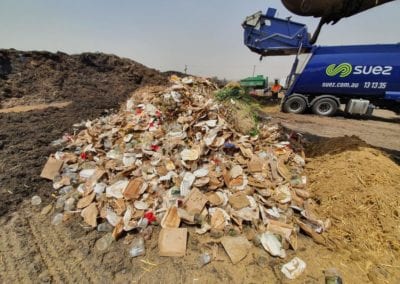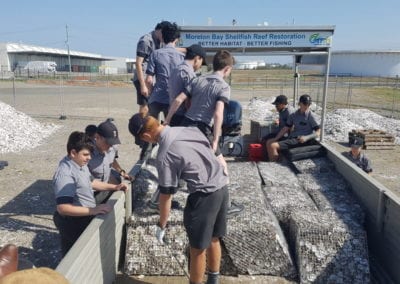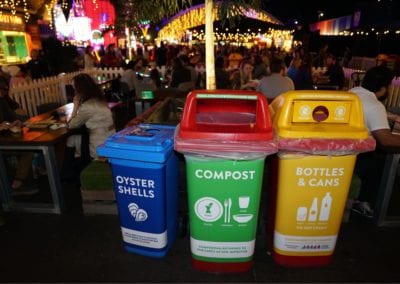We care
Eat Street Northshore commenced implementation of new waste management process in July 2018, after a review of practices. The clear objective was to operate Eat Street with more sustainable methods, still meeting the needs of today without compromising how future generations will function. This review included an audit of all venue and trader practices to assist with determining the best way forward, timelines established, trials to be undertaken, education required, waste disposal options and the implementation phase. As part of this, the most important aspect was to drastically reduce general waste going to landfill from the venue.
What we do

Going Compostable
Whilst previously the venue was successful with general recycling, cardboard and oil recycling, actions were taken to eliminate general waste from all serveware used by the general public. This meant all traders and bars were required to eliminate plastics they served with and convert to compostable items. Since the implementation of the new waste management plan, the venue has been able to reduce weekly landfill contribution by 2/3, saving nearly 80m3 from landfill on a weekly basis. To further reduce landfill waste, Eat Street Northshore on a weekly basis contributes around one tonne of food scraps to a drought affected regional farmer, that is used as animal feed.

Recycling
Eat Street Northshore has partnered with Variety – the Children’s Charity to benefit from the funds raised through the cans and bottles sent to the Containers for Change program. Variety – the Children’s Charity.... Every year, thousands of kids who are sick, disadvantaged or living with a disability get support from Variety. Rotary Club of Hamilton is part of the CAPS CRUSADE CLUB set up by the Ocean Crusaders. The benefit of Eat Street Northshore donating our plastic caps/lids to a CCC member is that for every 10kg of caps provided to Ocean Crusaders, they will return a brick to the club to create park benches, bike shelters, garden surrounds or whatever they can create. Each brick uses 1.5 – 2.0kg of caps with the excess caps being used to create additional bricks, beams and sheets which can be purchased to help fund the program.

Homes for Fish
To take the waste management to the next level, Eat Street also developed a partnership with Oz Fish to further separate oyster shells, with these being sent off to help restore an artificial reef in Moreton Bay. The Central Moreton Bay OzFish Chapter has an ambitious goal to restore 100 hectares of shellfish reef in Moreton Bay over the next 10 years and beyond, stretching many hundreds of hectares. This kind of restoration will do more than simply improve water quality in the bay, it will rejuvenate aquatic life, improve fishing and seagrass habitat and return the Bay back to its former glory.





